All the photos posted above were taken today in my garden, this October 9th, 2021. It was a warmer than typical October day. As you can see, flowers are blooming still, and are even more lush-looking than they were in summer, thanks to cooler autumn weather in my zone 5 garden. Perennials that flower well into autumn, like sedums, asters, ornamental grasses, and cold-hardy annuals, stretch the gardening season and are food for the soul.
I hope that you too, took some time to enjoy the flowers in your own garden or in your surrounding neighbourhood. We have so much to be thankful for. Wishing all gardeners a Happy Thanksgiving Day!
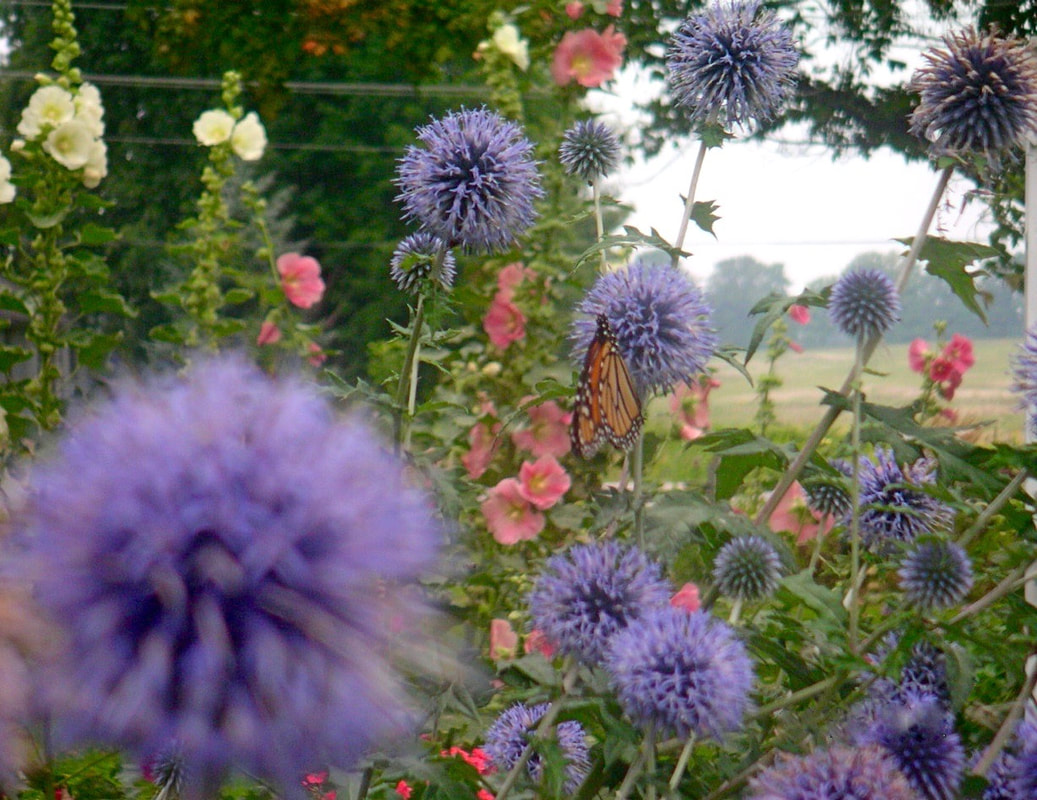
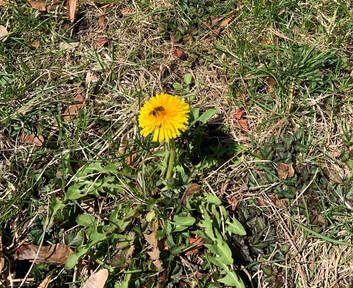

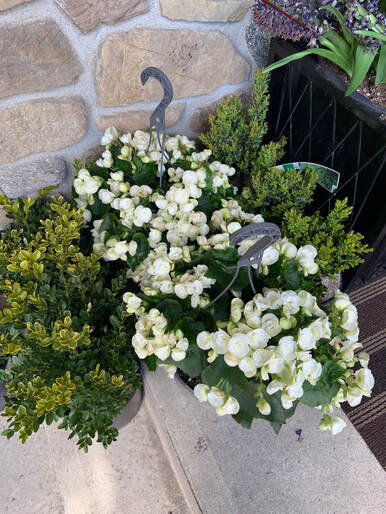
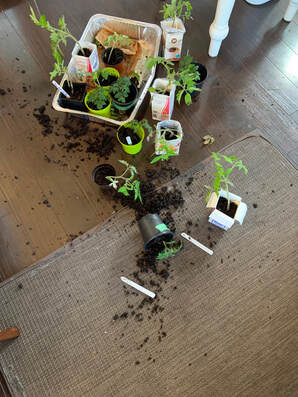
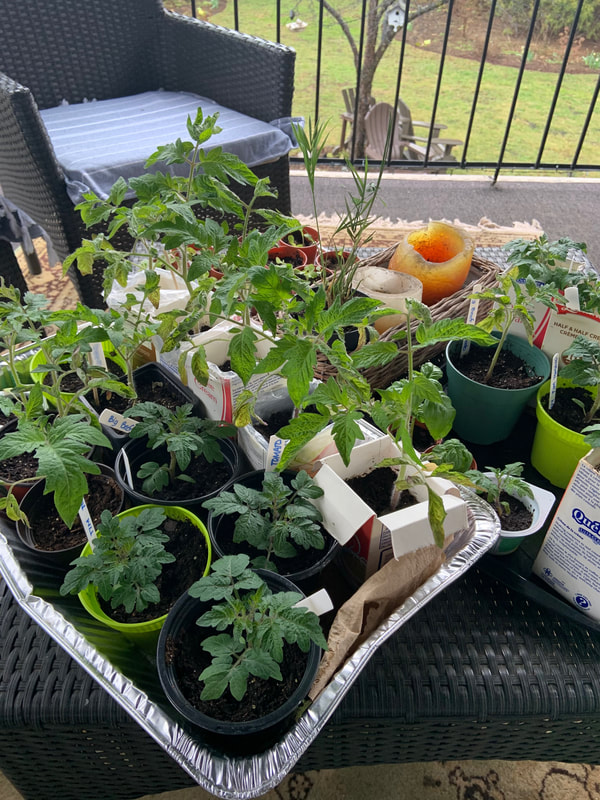
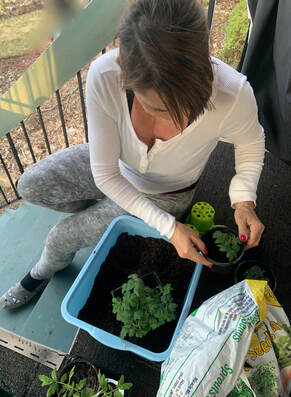
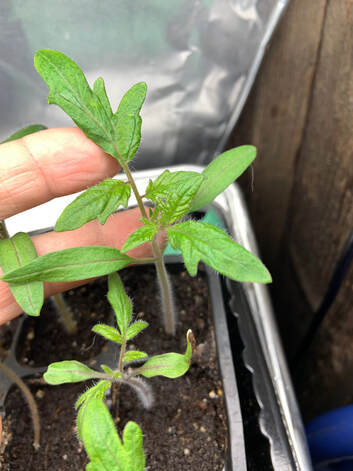

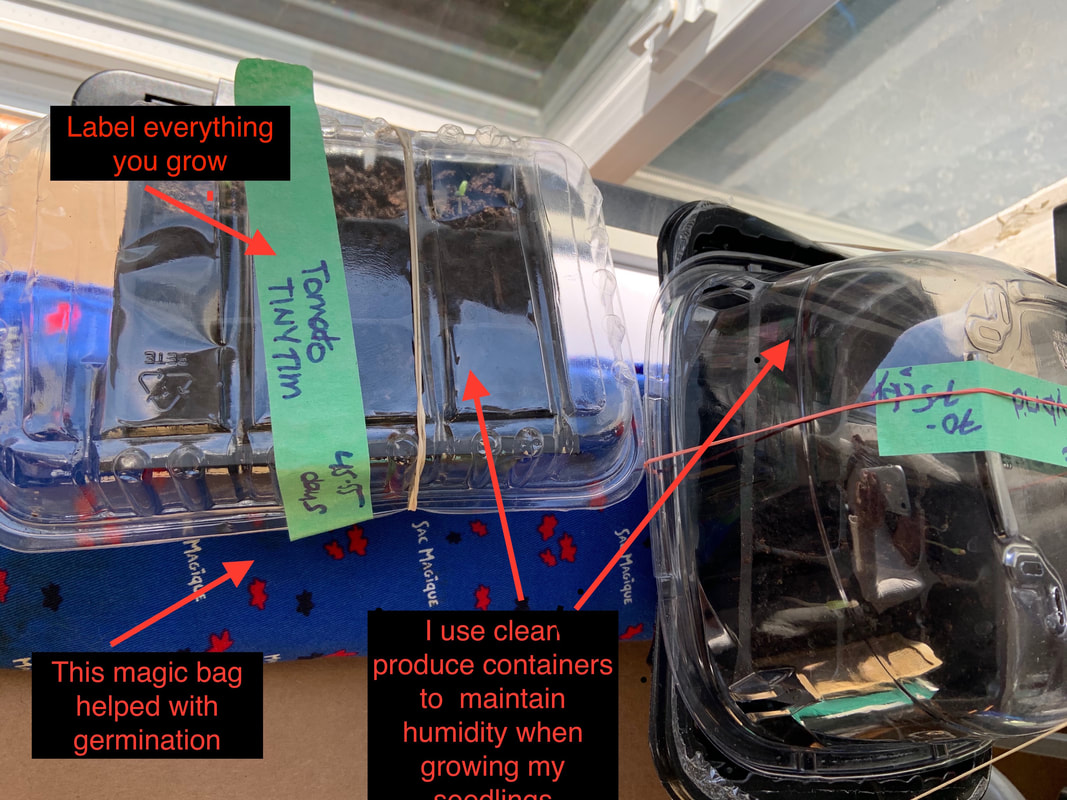
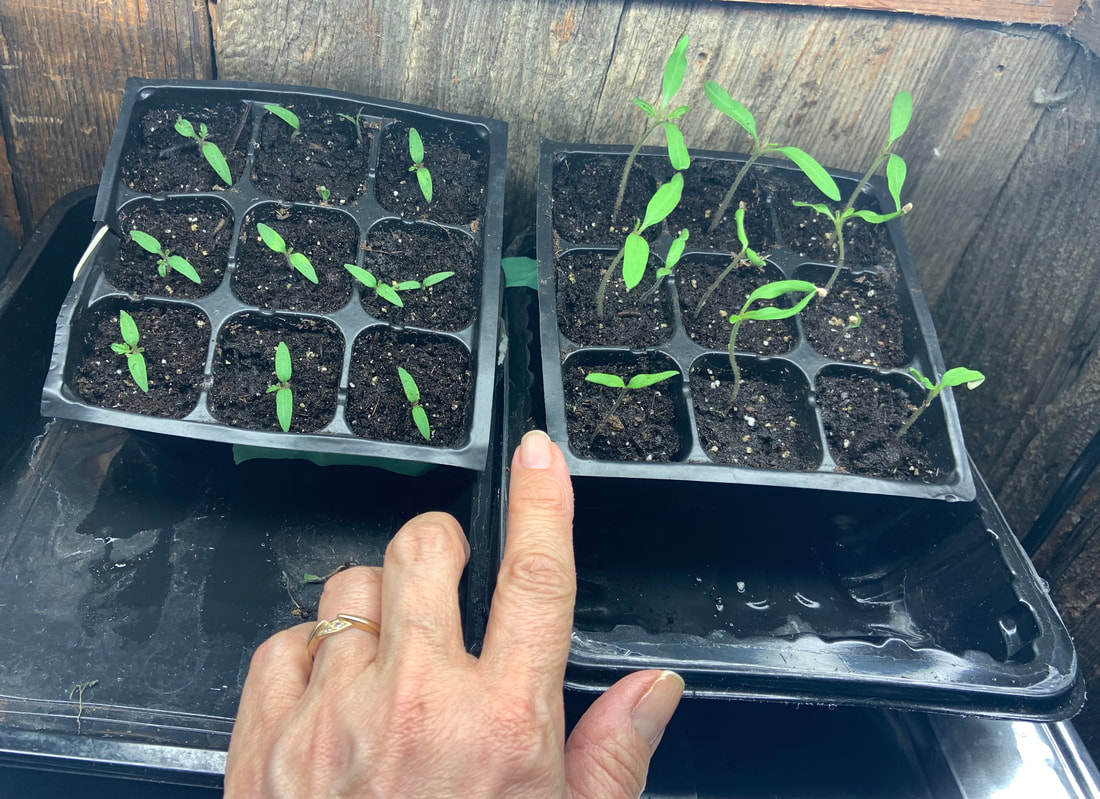

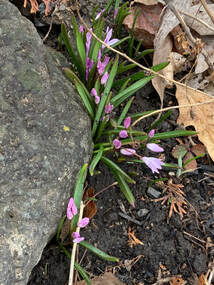
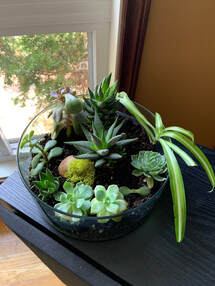
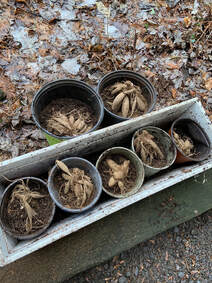
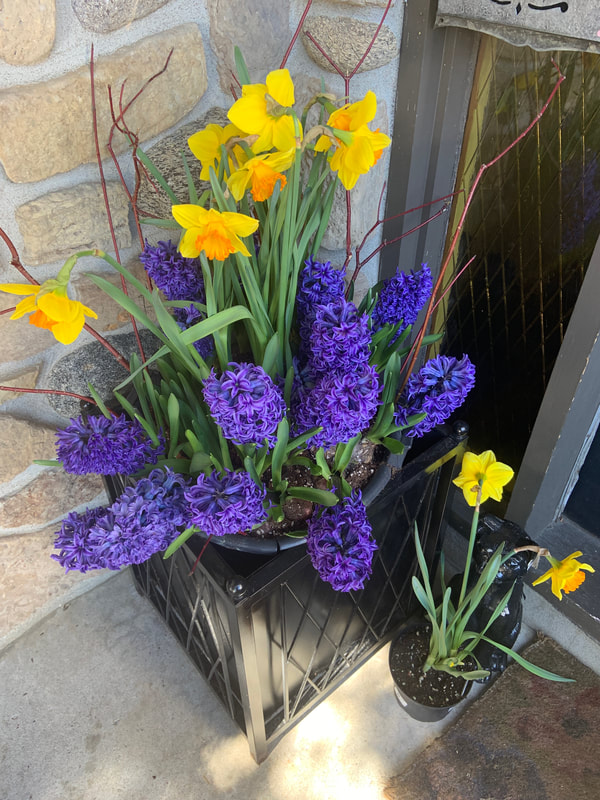

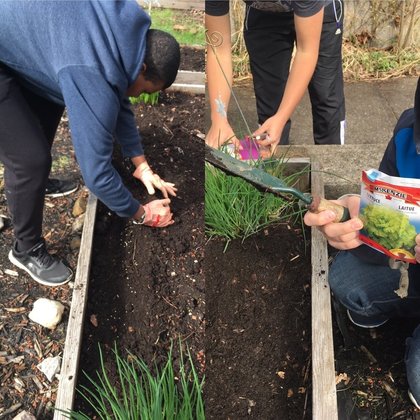
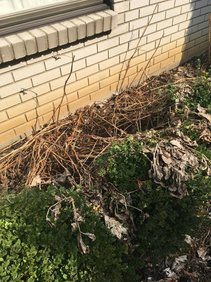
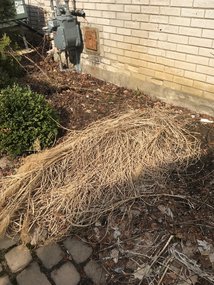
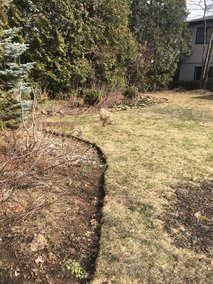
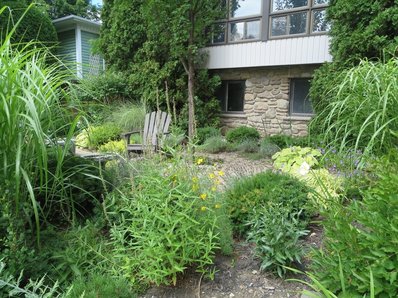
 RSS Feed
RSS Feed
